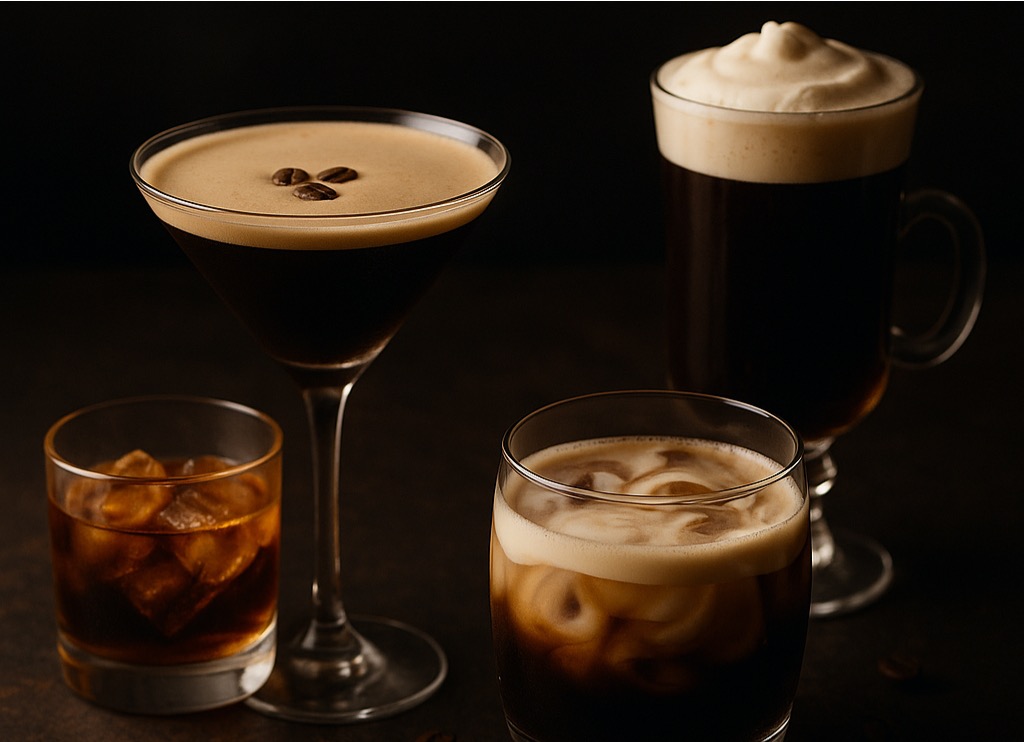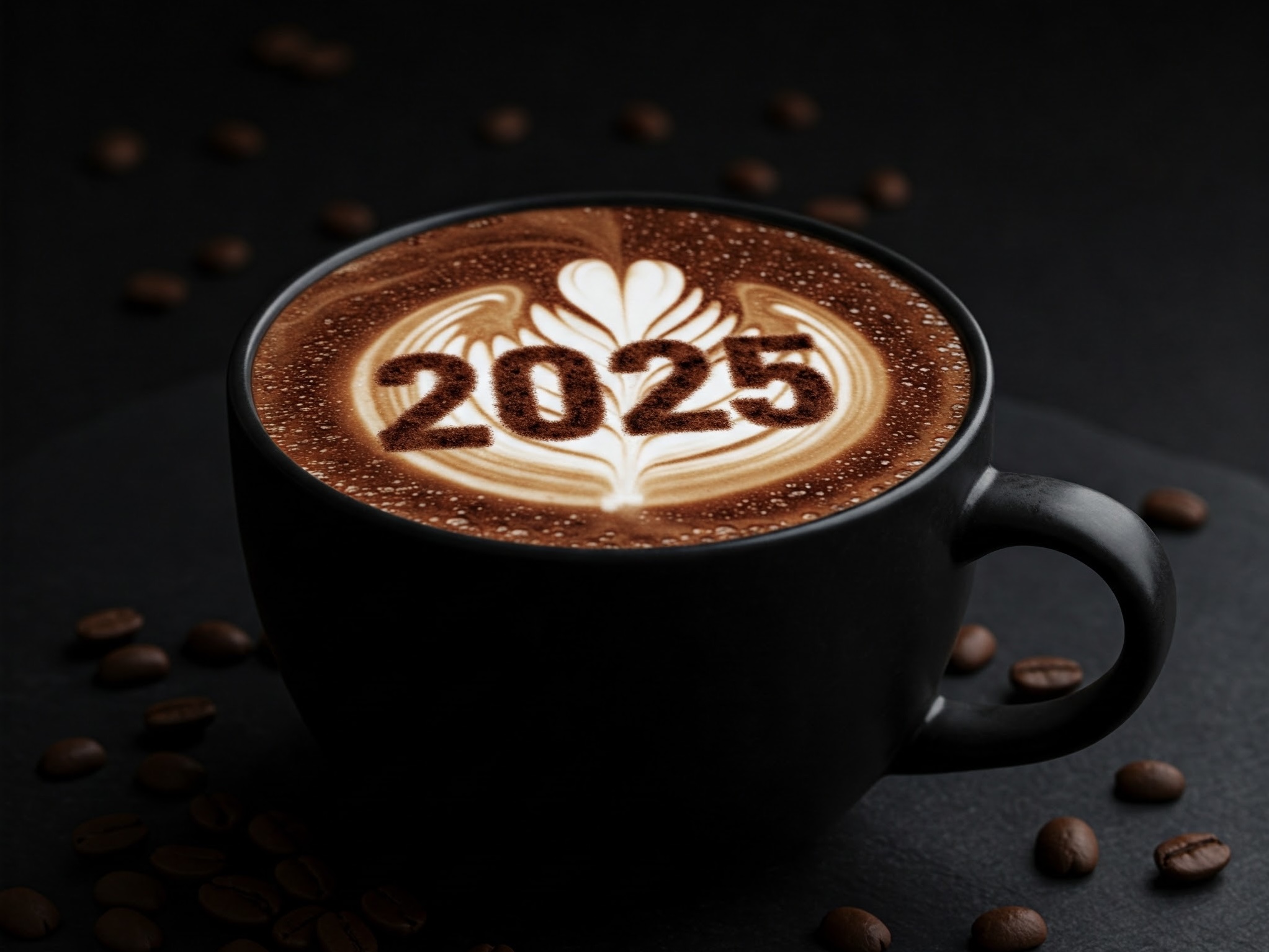
The Caffeine Conundrum: Espresso Beans vs Coffee Beans
Coffee beans are the seeds of the Coffea plant, and there are two main types: Arabica and Robusta.
Espresso beans usually undergo a longer roasting process, resulting in a darker roast.
Espresso beans are ground to a finer texture than regular coffee beans, requiring a specialized espresso machine or an AeroPress to brew.
The Caffeine Conundrum: Espresso Beans vs. Coffee Beans
Ah, the rich aroma of a freshly brewed pot of coffee . . . It’s irreplaceable! For many, coffee has become one of the most essential things to wake up to, preparing our bodies and minds for the long day ahead. Amidst the vast world of coffee and coffee beans, one beverage stands out due to its unique and intense flavor profile: the espresso! Many coffee drinkers are either certain that espresso coffee beans are just regular coffee beans with a fancier tag name or assume they are a completely different species altogether. To settle the matter once and for all, we will be delving into the fascinating world of coffee beans and exploring the difference between espresso beans vs. coffee beans.
Let’s start from the top!
What are Coffee Beans?
Coffee beans fuel the delicious and aromatic cup of joe that we all love so much. These beans are actually the seeds of the Coffea plant, which is native to tropical regions around the globe. There are primarily two types of coffee beans: the Coffea arabica and the Coffea canephora (more commonly known as “Coffea robusta”). Arabica is the more flavorful and refined of the two, accounting for around 60% of global coffee production. Often described as arabica’s “darker” cousin, Robusta is smaller in size but stronger in taste and significantly easier to grow.
Once the coffee cherries are harvested, they are processed to extract the beans within them. Then, the beans are sorted, dried, and roasted. During the roasting process, the beans undergo a magical transformation where their color goes from green to dark brown.
While it’s common knowledge that coffee beans contain caffeine, which can give us that boost of energy we desire, they also contain various other chemical compounds. These include different acids and oils like chlorogenic acid, quinic acid, and even trace amounts of citric acids. These chemical compounds are responsible for the unique tastes of coffee, ranging from fruity and floral to creamy and chocolaty.
So with that out of the way, the question is . . .
Are Espresso Beans and Coffee Beans Different or the Same?
The short answer: Whether you’re preparing a creamy latte or a cup of dark espresso elixir, you’re basically employing the same coffee beans. However, the difference lies in how they are prepared rather than in the coffee beans. An espresso can be made using light, medium, or dark roast coffee beans. However, they have also been ground to a finer form and are brewed under pressure using a specialized espresso.
Let’s go even deeper into the difference between espresso beans and coffee beans! Starting with:
1. The Roasting Session
The process of roasting coffee beans plays a crucial role in determining the flavor and characteristics of the final product. The duration and temperature of the roasting process are key factors that differentiate light, medium, and dark coffee roasts.
When coffee beans are roasted, those intended for espresso are typically subjected to a longer roasting time, resulting in a sweeter and often darker roast. Traditionally roasted espresso gives this dark roast coffee its distinctive, rich, and robust flavor profile. Compared to lighter and medium roasts, a darker roast espresso exhibits lower acidity, higher bitterness, and a more intense aroma, creating a luxurious experience for the senses.
This extra roasting session gives dark roast coffee its distinctive, rich, and robust flavor profile. Compared to lighter and medium roasts, dark roast coffee exhibits lower acidity, higher bitterness, and a more intense aroma, creating a luxurious experience for the senses.
It’s worth noting that the definitions of light, medium, and dark roast can vary among different coffee roasters, including their labeling for espresso beans. Therefore, there may be variations from one coffee brand to another. However, if you come across a bag of coffee labeled “espresso beans,” it’s highly likely that it represents a darker roast.
2. The Grind
When delving into the world of espresso, the grind size matters! The espresso grinds’ texture is significantly finer than regular coffee grinds. A good batch of espresso grinds resembles the delicate texture of silky sand and has a more uniform tone. The quality of the grind is crucial in making a great cup of espresso because the hot water interacts with the tightly confined grounds for a shorter period of time. The finer grind ensures adequate and optimal extraction of the espresso liquids.
3. The Brew
What sets espresso most apart from regular coffee is how it is brewed. While you can use many methods to prepare a regular cup of coffee, authentic espresso requires special treatment. You need a specialized espresso machine to whip up a quality cup of espresso.
“Why exactly is that?” you might ask. Only these specialized equipment and devices can create a high-pressure environment for extracting concentrated espresso shots.
So…
Which Is Better? Espresso vs. Coffee Beans
It really depends on your preference. Espresso is known for its bolder, less acidic flavor profile and an overall full-bodied finish. This is mainly because darker roasted coffee beans are used; they are very finely ground and brewed by extracting under pressure, which results in a richer drinking experience. Contrary to popular belief, espresso does not contain more caffeine than regular coffee! Its concentrated nature allows for a higher flavor and caffeine concentration, which is why it’s perfect for fancy coffee drinks that many prefer with additives like syrups, milk, or cream.
The Espresso Beverage Conundrum: Americano, Latte, and Cappuccino
There are many alternatives to regular coffee and straight espresso in the world of coffee making. The most popular of these include Americanos, lattes, and cappuccinos.
An Americano is an espresso combined with hot water to reach a similar volume, taste, and strength as a cup of drip coffee. However, a cup of Americano is smoother and less acidic in taste. This is for you if you want an espresso flavor that lasts longer and is easier on your stomach.
Similarly, the latte is a coffee-based beverage made with a shot of espresso and milk of your choosing steamed to a creamy, smooth texture.
In between the Americano and the Latte is the ever-coveted cappuccino prepared by mixing the espresso shots with a slightly denser and smaller amount of steamed milk than the latte, but enough to soften the experience. Thiskeeps the drink warmer longer and creates fun milk mustaches when consumed correctly.
These espresso variants allow coffee drinkers and enthusiasts to savor the essence of espresso in various ways.
The Final Coffee Verdict
The same coffee beans are utilized whether you’re brewing a standard coffee or an espresso. The difference lies in the overall process. Espresso requires a finer grind and equipment that can create a high-pressure environment to create a shot of concentrated coffee. The unique espresso process makes it a more flavorful alternative to regular drip coffee.
Cheers to you for diving deep into the world of coffee with us! U3 Coffee exists to create the most meaningful coffee experience for millions of mindful, motivated humans like you. Let’s learn, empower, and celebrate the journey from bean to cup. Because here, we’re United by Coffee.
Related posts
- Apr 2025 Elevate your coffee-based cocktails! Discover new takes on the espresso martini, Irish coffee, & more classic coffee drinks.
- Feb 2025 Discover the top coffee trends for 2025, from cold coffee innovations to mindful coffee drinking. Explore the latest and future coffee trends in the coffee industry.


